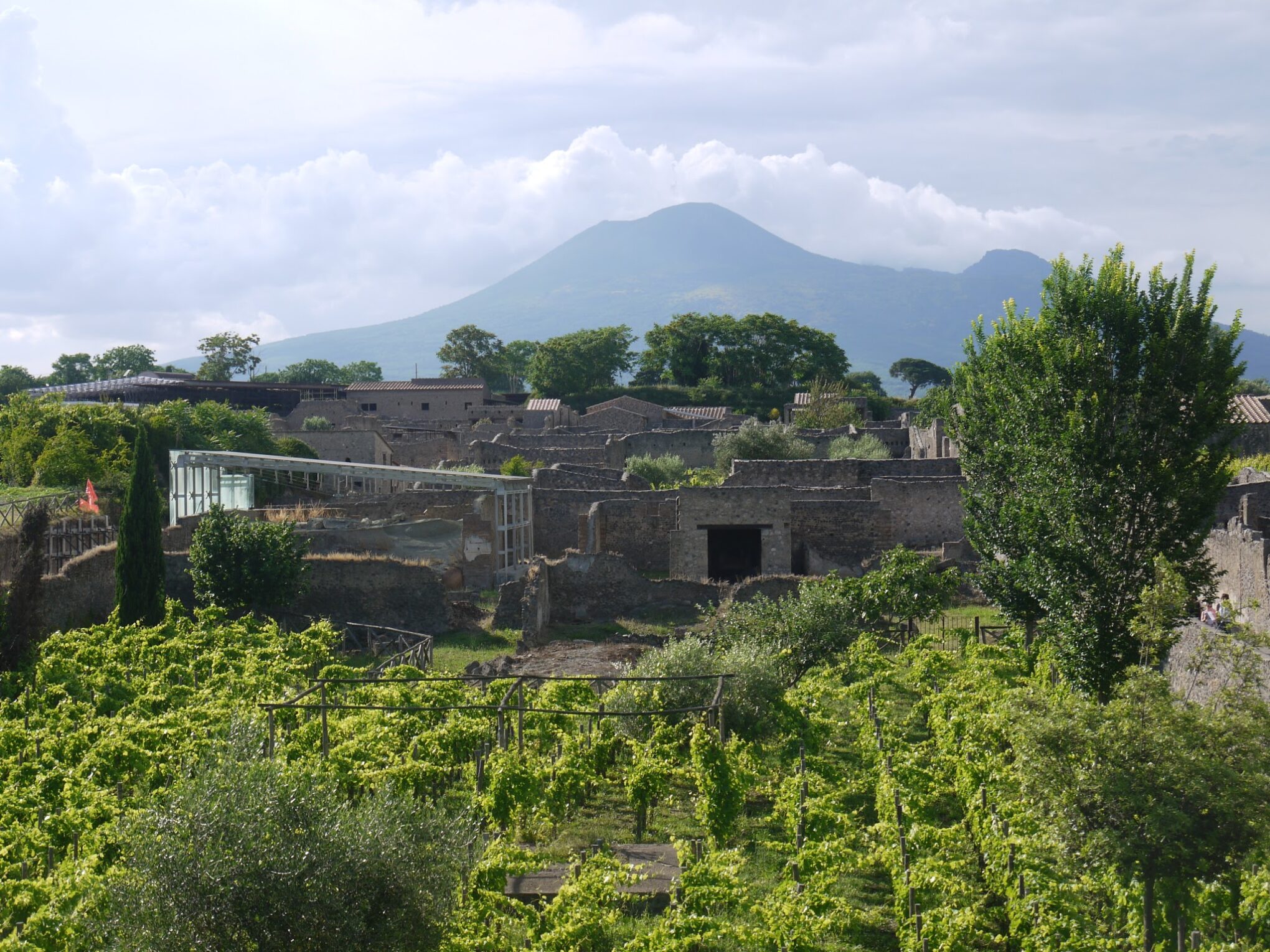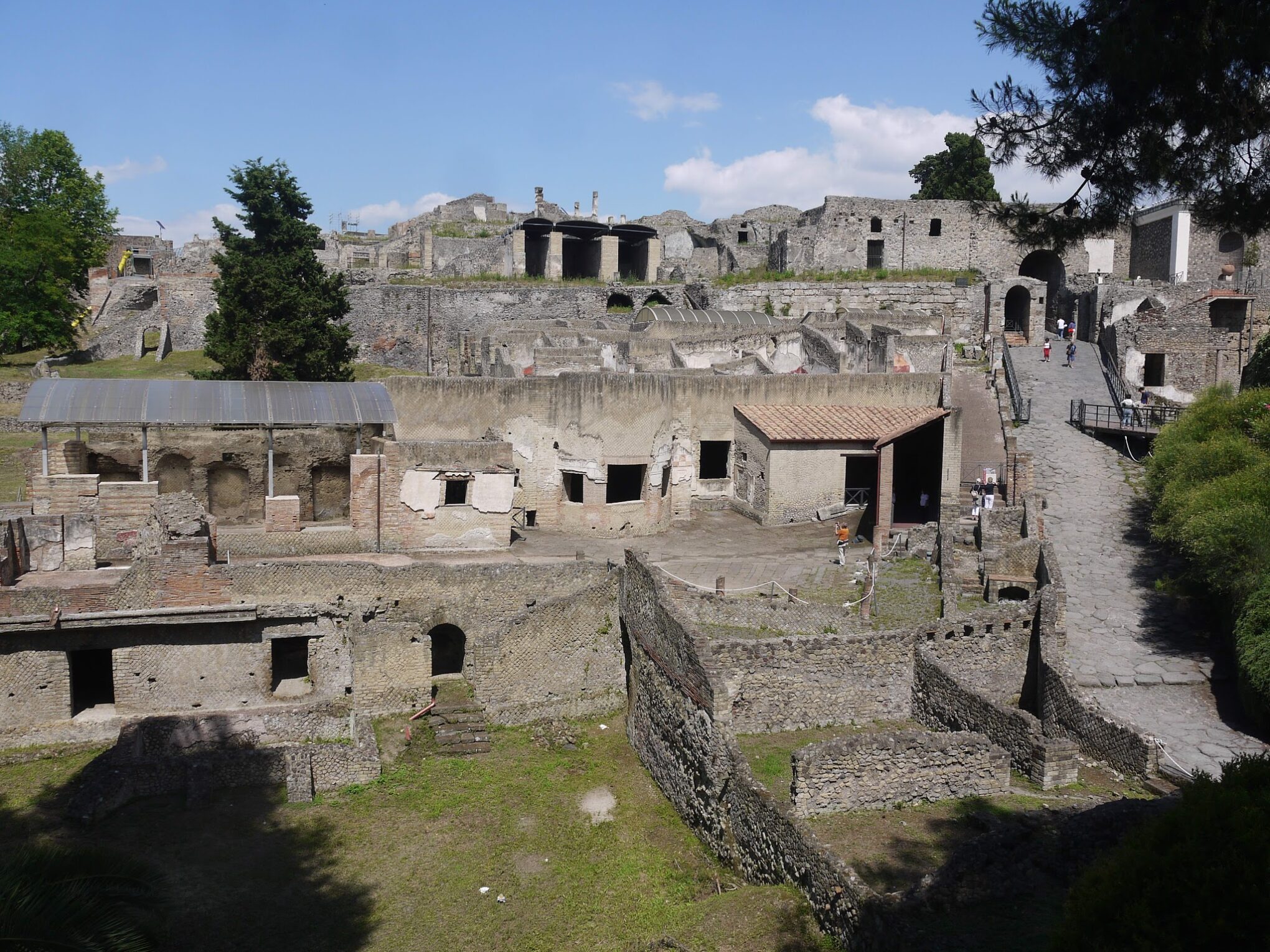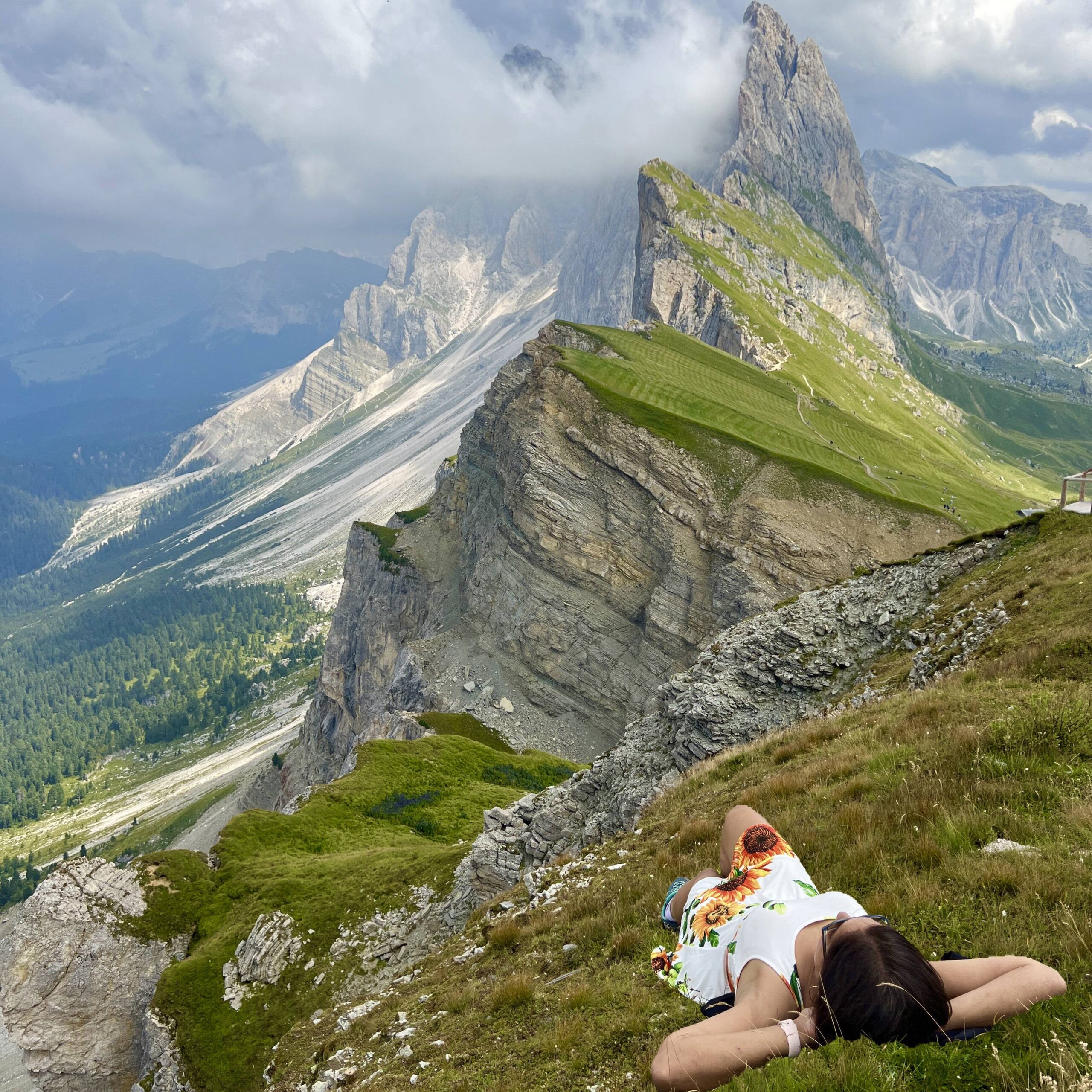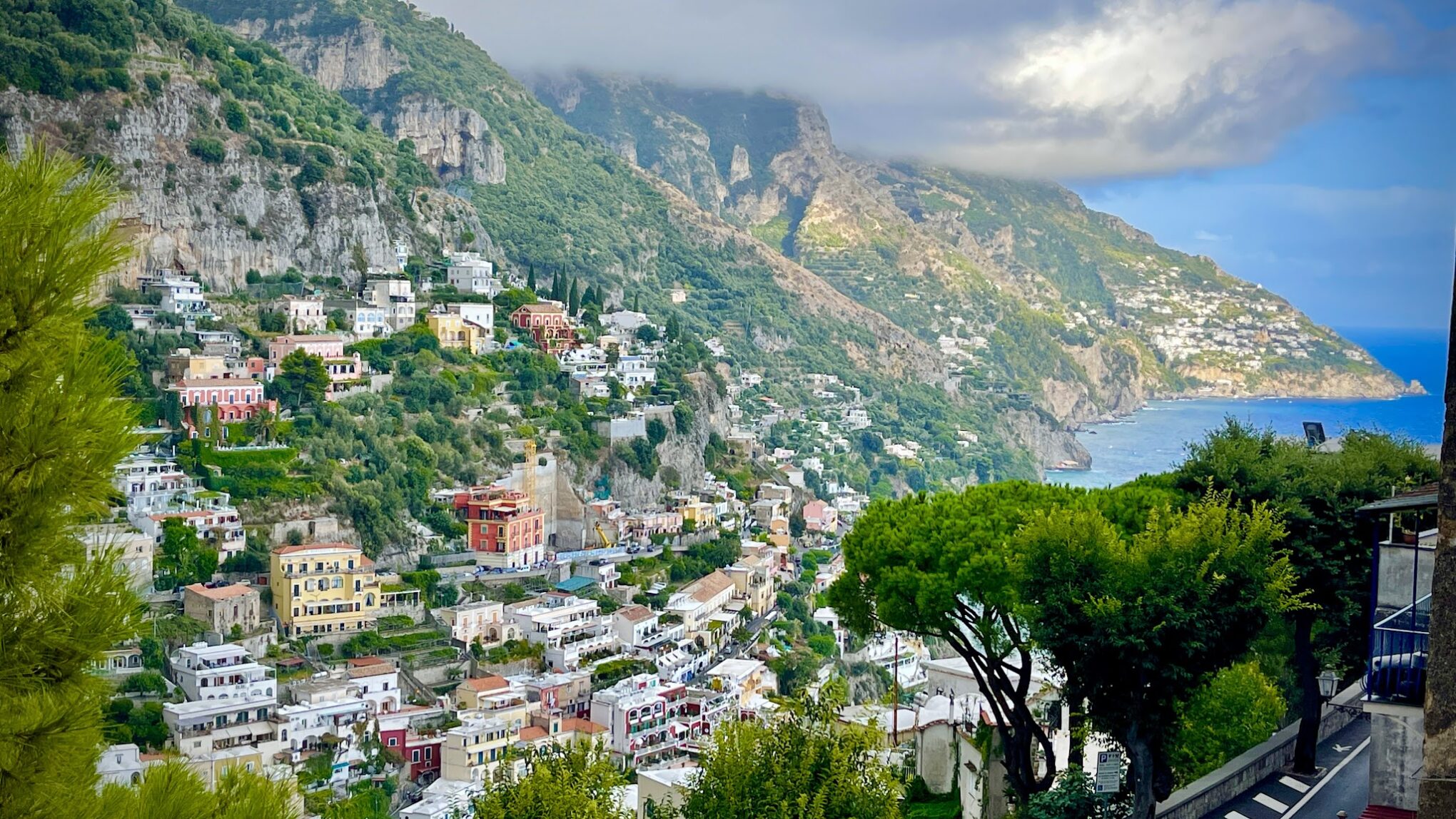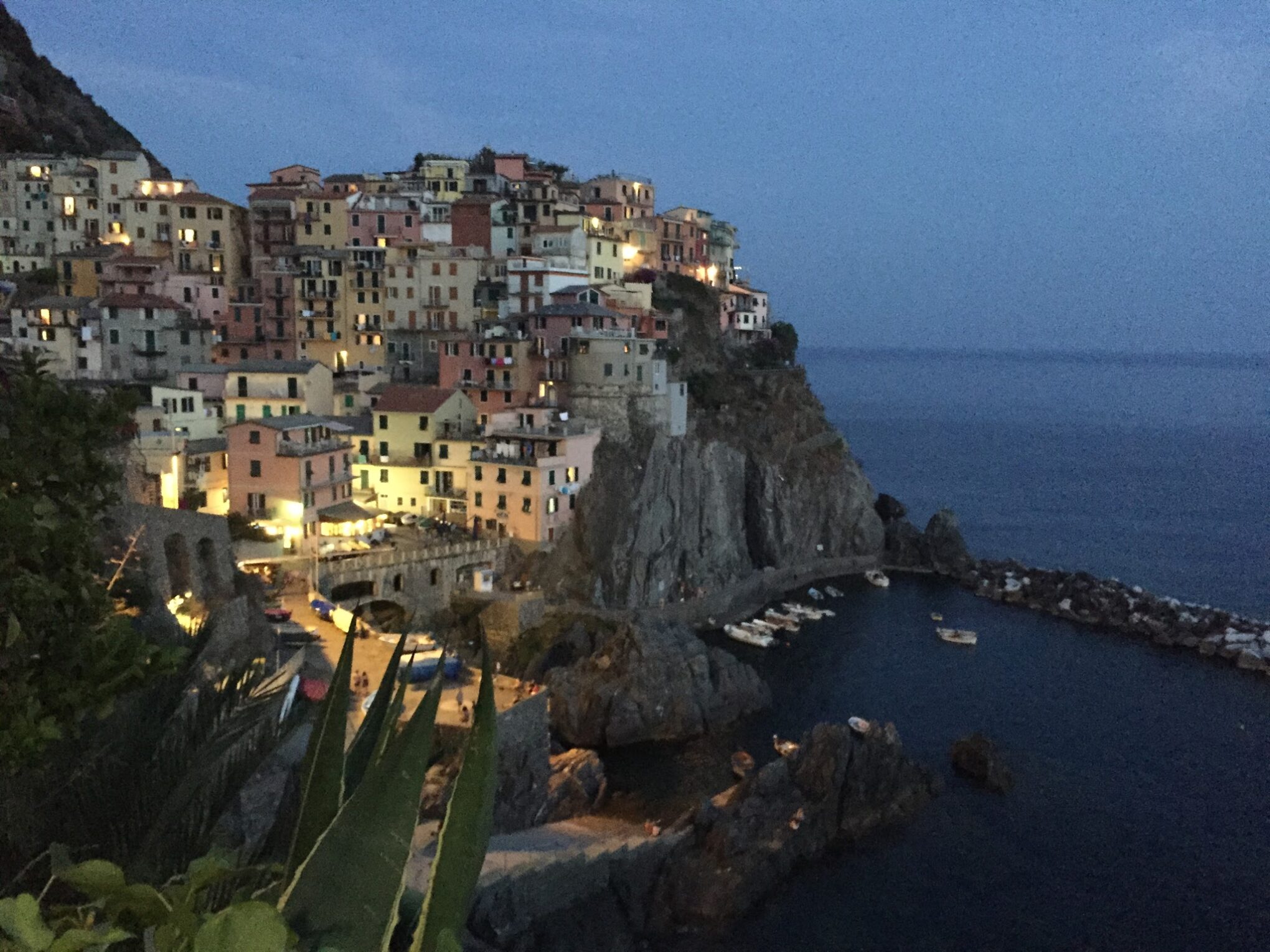Mount Vesuvius and Pompeii
Aarti and I spent 4 days along along the Amalfi Coast – it wasn’t close to being enough time but provided a nice survey of the region. I would love to spend more time at almost every place we visited, but it was still amazing, and just a great way to know we should come back for more!
We started our trip with a day in Pompeii, visiting both the ruins and Mount Vesuvius. While it was possible in a day, two would have been ideal.
Mount Vesuvius
Mount Vesuvius is best known for its eruption in 79 AD that led to the burying and destruction of several cities, including Pompeii. It has erupted several times since and is the only volcano in mainland Europe that has erupted in the last 100 years.
In order to maximize our time, we decided to take the first bus up, at 9am, to the base of the mountain, where we then transferred to a 4×4, which took us on an extremely bumpy ride up to 1000 meters. From there, there are a couple trails, and we walked up the last 200 meters to the crater.
While it was extremely windy at the top, the views were stunning – while the crater itself is interesting, the sun rays glistening over the surrounding village and bay were breathtaking.
Pompeii
Following our visit to Mount Vesuvio, we stopped at a local pizzeria for lunch and refueled before visit the ruins of Pompeii.
Pompeii was an ancient Roman city that was mostly destroyed and buried under ash and pumice when Mount Vesuvius erupted. The site is unforgettable – as you walk around, you truly feel like you are in an abandoned city and can really begin to understand how the Romans lived. There is so much to this town – from houses, paintings, roman baths, old carts and pottery to actual bodies preserved in plaster of Paris – that you could spend days discovering new parts of the city.
Given we only had half a day, we researched the site online and tried to pick out the highlights:
- The Grand Theatre
- The Temple of Isis: The goddess Isis’ temple is well preserved
- The Stabian Baths: If you have seen the Roman baths in Bath, England, you will be underwhelmed. That said, the bath is still fairly preserved so it is worth going through if there isn’t a queue.
- The Brothel: Given that the erotic paintings are still somewhat preserved, it gives you a clear picture of how the brothel was once used.
- The Forum & Surrounding buildings: This is the main town square and it is bustling. Around it, are a number of temples as well as the produce market and granary. It is worth walking through.
- The House of the Tragic Poet: This is one of the best preserved houses and has the “Beware of the Dog” mosaic still intact at the entrance.
- The House of the Small Fountain: It’s a great example of a typical house plan with an atrium style entrance, and the walls are decorated with frescos.
- The Villa of Mysteries: Just outside of the city walls (it’s a long walk!), is a huge villa which was a summer house contains a large painting.
- The amphitheater: older than the Colosseum, it’s the earliest amphitheater to survive in the world. It is clear across the site so I didn’t make it, but Aarti saw it the day before and it was her favourite site!



